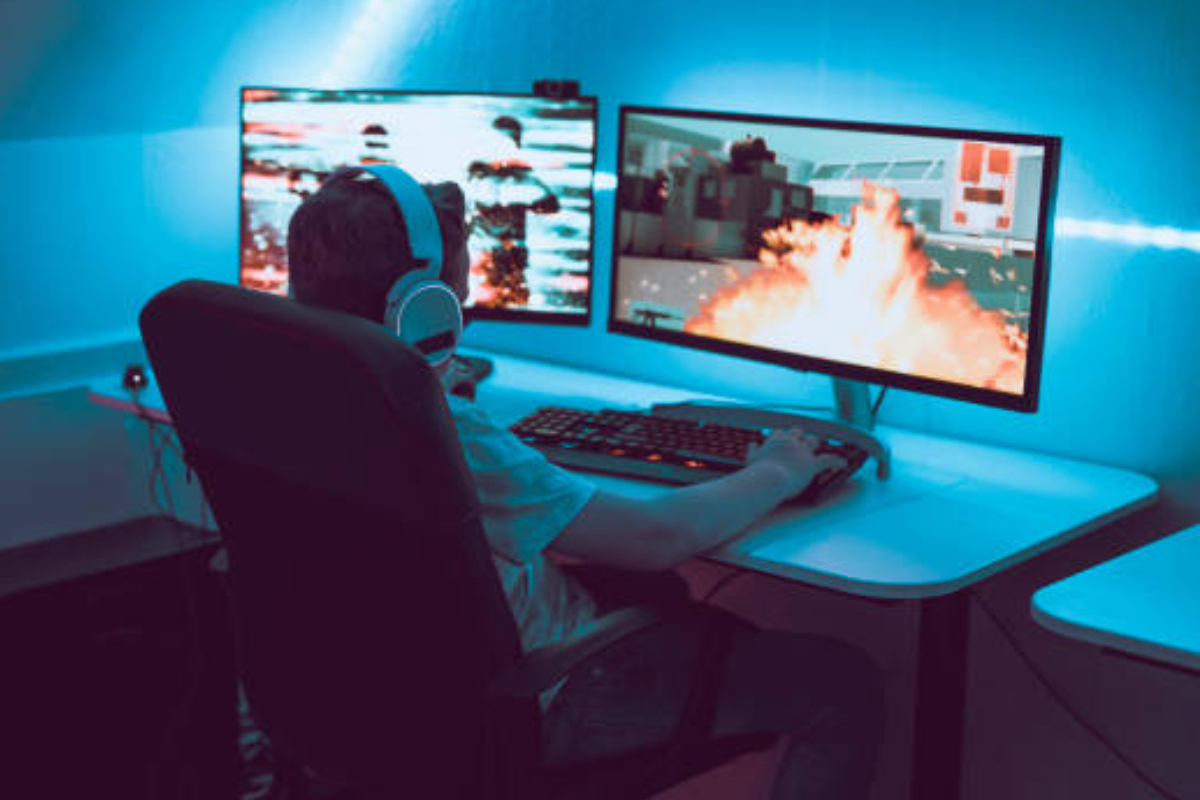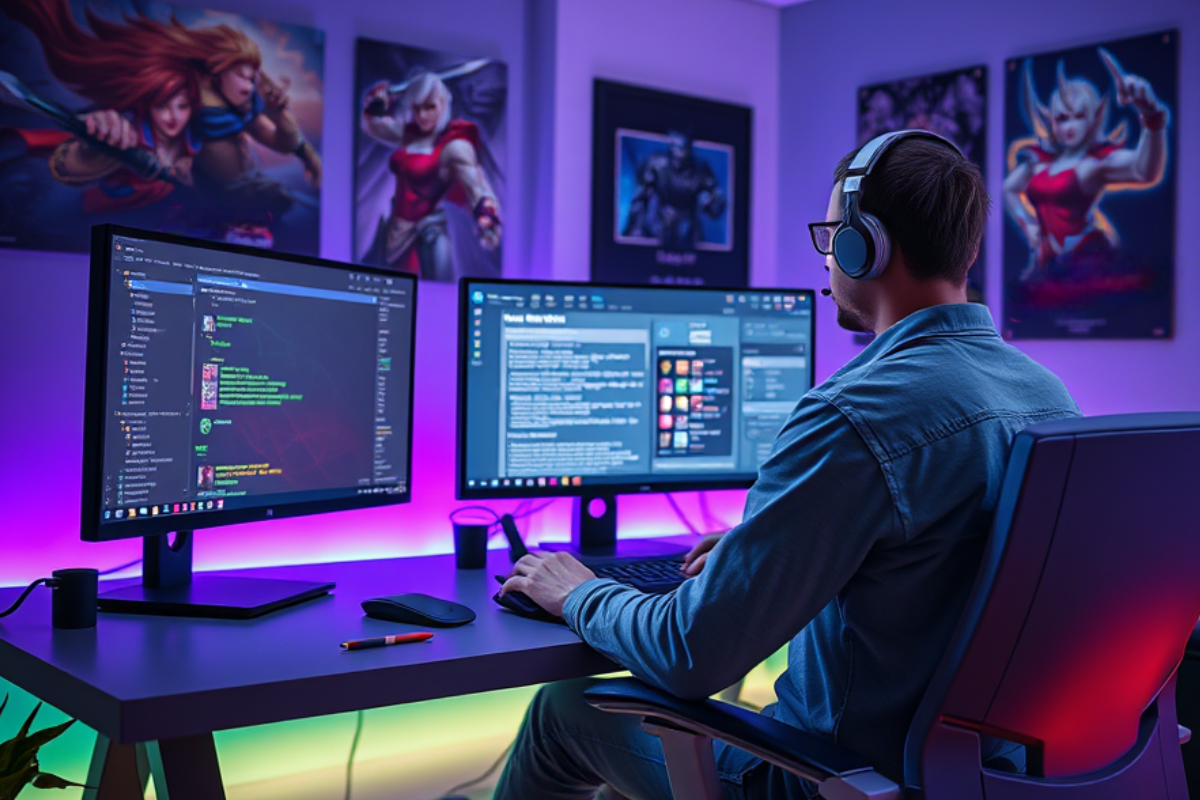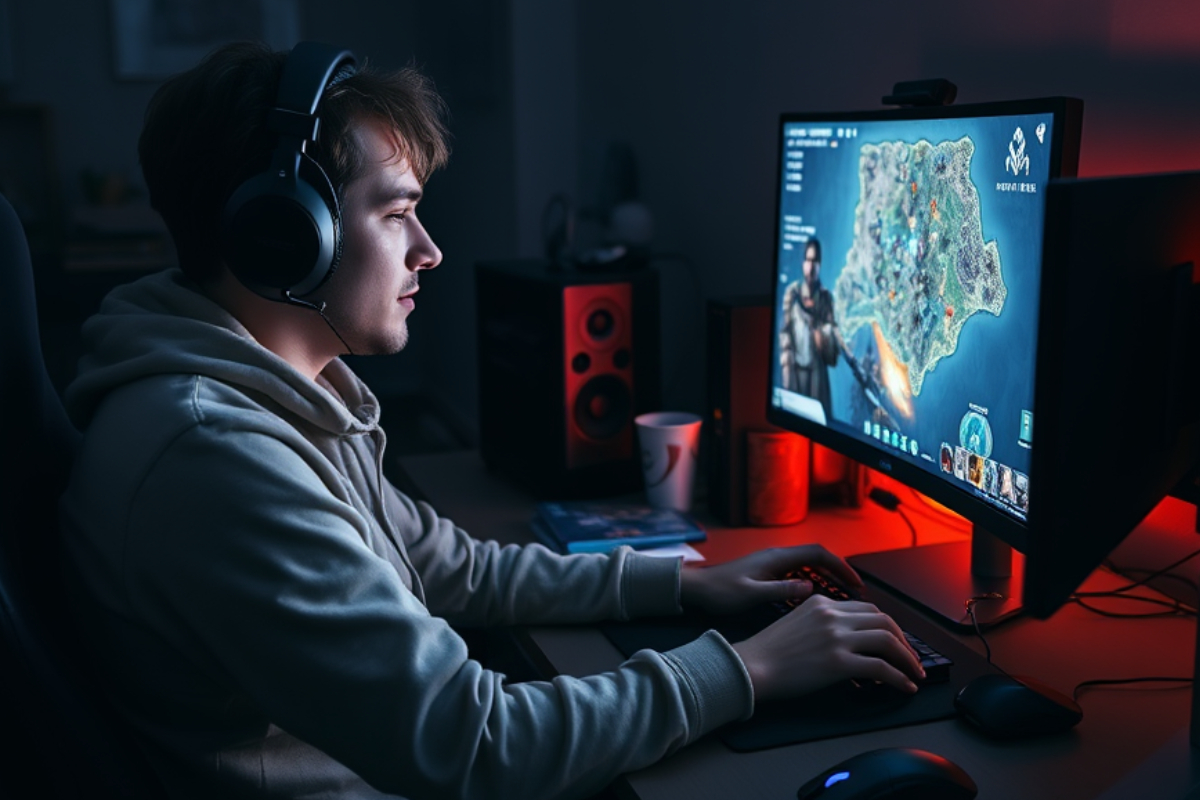Training drills to improve mouse accuracy are essential not only for FPS and MOBA gamers but also for anyone using a computer for everyday tasks. Whether you’re a gamer looking to level up in shooting games, a digital artist who needs precise mouse control, or a professional wanting to speed up work, the right training can help develop your skills.
Quick Overview of Everything You Need to Know
For better mouse accuracy, it’s important to understand the proper sensitivity settings, correct mouse grip, and posture. This article will provide detailed training drills to improve your ability to track targets, click precisely, and move the mouse with control. There are also advanced techniques for more experienced players. In the end, practical tips will help maintain consistent progress.
What is Mouse Accuracy?
Mouse accuracy refers to the ability to use a mouse with precise control to hit the target you want to click. This is important in FPS (First-Person Shooter), MOBA (Multiplayer Online Battle Arena) games, and even for everyday computer tasks. When your mouse accuracy is high, you can hit targets faster and more accurately, giving you an advantage in games and also making tasks like photo editing or navigating software easier.
Why is Training Mouse Accuracy Important?
In the digital world of gaming, excellent mouse accuracy is a significant advantage. It not only helps improve your gameplay but also enhances your reaction times in game situations. Through proper training drills, you can improve your ability to hit targets more easily and accurately.
Improving Basic Skills
Before diving into more complicated training drills, it’s important to understand the basic knowledge of mouse usage. One of the biggest reasons for low mouse accuracy is incorrect settings, poor grip, and uncomfortable setups. Adjusting these fundamental aspects can help make your training easier and improve your overall performance in games.
Understanding DPI and Mouse Sensitivity
DPI (dots per inch) refers to the speed at which the cursor moves on the screen based on the physical movement of the mouse. A higher DPI means faster cursor movement, while a lower DPI provides more precise control.
The correct sensitivity varies depending on the type of game or task. For example, FPS players often use a low DPI (400-800) for better target control, while MOBA or RTS players typically use a higher DPI for quicker movement across the map.
To find the right DPI for you, try different settings and observe which one provides the best balance of speed and control.
Proper Grip and Hand Position
How you hold the mouse significantly affects your accuracy and speed. Here are three main grip styles and their characteristics:
- Palm Grip – The entire palm rests on the mouse, providing more comfort and control. This is ideal for precision aiming but may be slower for fast movements.
- Claw Grip – Fingers are slightly arched, and the palm doesn’t fully rest on the mouse. This offers a balance between speed and control, making it popular among many FPS players.
- Fingertip Grip – Only the tips of the fingers rest on the mouse, making it the fastest for movement but requiring more skill for control.
It’s important to try different grip styles to determine which suits your natural playing style.
Setting Up the Gaming Environment
In addition to proper settings and grip, your gaming environment is also crucial. A good setup can help improve consistency and reduce hand fatigue.
- Mouse Pad – Use a large, smooth mouse pad to provide ample space for movement. Low-DPI players will benefit from a larger pad for wider motions.
- Ergonomics – Ensure that your desk and chair height are correct to avoid strain on your hands and wrists. Proper posture will help you play for longer periods without discomfort.
- Mouse Weight – The weight of the mouse also impacts performance. Lighter mice (50-80g) are easier to move for quick actions, while heavier mice may be better for controlled, precise movements.
By adjusting these basic aspects, your training drills will be more effective and improve your mouse accuracy.
Core Training Drills to Improve Mouse Accuracy
Training is an essential part of improving mouse accuracy. Through regular practice, you can improve your hand-eye coordination and reaction speed. Here are some effective drills that will help you become more precise and faster with your mouse.
Target Tracking (Tracking Drills)
Target tracking is one of the most important aspects of mouse accuracy. To improve this, you can use training apps like Aim Lab or Kovaak’s FPS Aim Trainer. The goal is to keep the cursor following a moving target with control and without jerky movements.
Clicking at the Right Point (Click Timing Drills)
The correct timing of clicks is crucial in many games, especially in FPS and MOBA. To improve this, try reaction-based games like OSU! or Aim Booster. The goal is to ensure your clicks are quick and precise when targeting.
Focusing on Small Targets (Micro-Adjustment Drills)
When a target moves slightly, you should be able to adjust your movement quickly. Training maps in Valorant or CS2 have features that help you practice these micro-adjustments.
Grid Focus (Grid-Based Drills)
Training with a grid-based layout is an effective way to train muscle memory. The goal of this drill is to hit targets in a set pattern, helping to improve hand-eye coordination.
Advanced Techniques for Better Mouse Accuracy
Once you’ve improved your basic mouse accuracy skills, you can start using more advanced techniques to further hone your abilities. These methods focus on improving your speed, precision, and consistency in mouse movements. Through more intense training, your targeting will become more natural and effective in any game situation.
Flick Shots and Reflex Training
A flick shot is a sudden mouse movement to aim the crosshair at a target. This is commonly used in FPS games like CS2 and Valorant. To improve this, use aim trainers like Aim Lab or Kovaak’s FPS Aim Trainer. Try to hit randomly appearing targets to improve your speed and precise cursor movement.
Burst Firing and Recoil Control
In games with guns, managing recoil is as important as aiming. Burst firing is a method used to maintain accuracy by controlling the spread of bullets. Training recoil control can be done by experimenting with different weapons in training grounds.
Strafe Shooting and Moving While Targeting
Strafe shooting is a technique where the player moves while shooting to make it harder for the enemy to hit them. Practicing this requires proper timing of movement and shooting to maintain accuracy.
Daily Training Drills for Continuous Improvement of Mouse Accuracy
To maintain and continually improve your mouse accuracy, it’s important to have a structured and disciplined training routine. Daily practice doesn’t need to be lengthy, but it should be sufficient to gradually refine your skills. Follow these drills for a balanced routine:
- 5 minutes of tracking drills – Train your ability to follow moving targets with accuracy. Use aim trainers or try tracking a fast-moving icon on the screen.
- 5 minutes of click timing drills – Practice the correct timing of clicks on targets that randomly appear. This will help improve your reflexes.
- 5 minutes of micro-adjustment drills – Focus on small mouse movements to train your hand in making quick and accurate adjustments.
- 10 minutes of advanced drills such as flick shots or burst firing – For FPS players, it’s important to practice quick mouse movements toward targets (flick shots) and proper control when firing in bursts.
To make your training more effective, try keeping track of your progress. Observe which drills improve your accuracy and adjust the routine based on your needs. Remember to take breaks to avoid hand and wrist fatigue, especially if your sessions are long.
Common Mistakes and How to Avoid Them
Even with regular training, there are times when you might make mistakes in certain aspects of mouse usage. These small errors can affect your mouse accuracy and performance. Here are some common mistakes to avoid to improve your skills:
Too High or Too Low Sensitivity
Extreme sensitivity can lead to a loss of control or slow target adjustment. Experiment with different DPI and sensitivity settings to find the right balance for your game or task.
Using an Inappropriate Mouse Grip
Not all grips are suitable for everyone. An uncomfortable grip can lead to fatigue and poor control. Experiment with palm grip, claw grip, and fingertip grip to find the most comfortable and effective one for you.
Lack of Rest and Overtraining
Overtraining without breaks can lead to pain. Take time to rest every 30 minutes to avoid fatigue and strain on your hands and wrists.
Incorrect Game or Software Settings
Wrong settings in the game or software can damage your performance. Ensure your mouse settings match the game, such as using lower sensitivity in FPS games.
By avoiding these mistakes, you can boost your mouse accuracy and become more effective in your digital tasks.
How to Maintain Progress in Mouse Accuracy
Improving mouse accuracy is an ongoing process. With the right training drills, you’ll see gradual changes in your performance. Stay consistent with your practice, use the proper equipment, and remain patient. Over time, your movements will become more natural, and you’ll be able to hit your target more easily, whether in gaming or other computer tasks.



